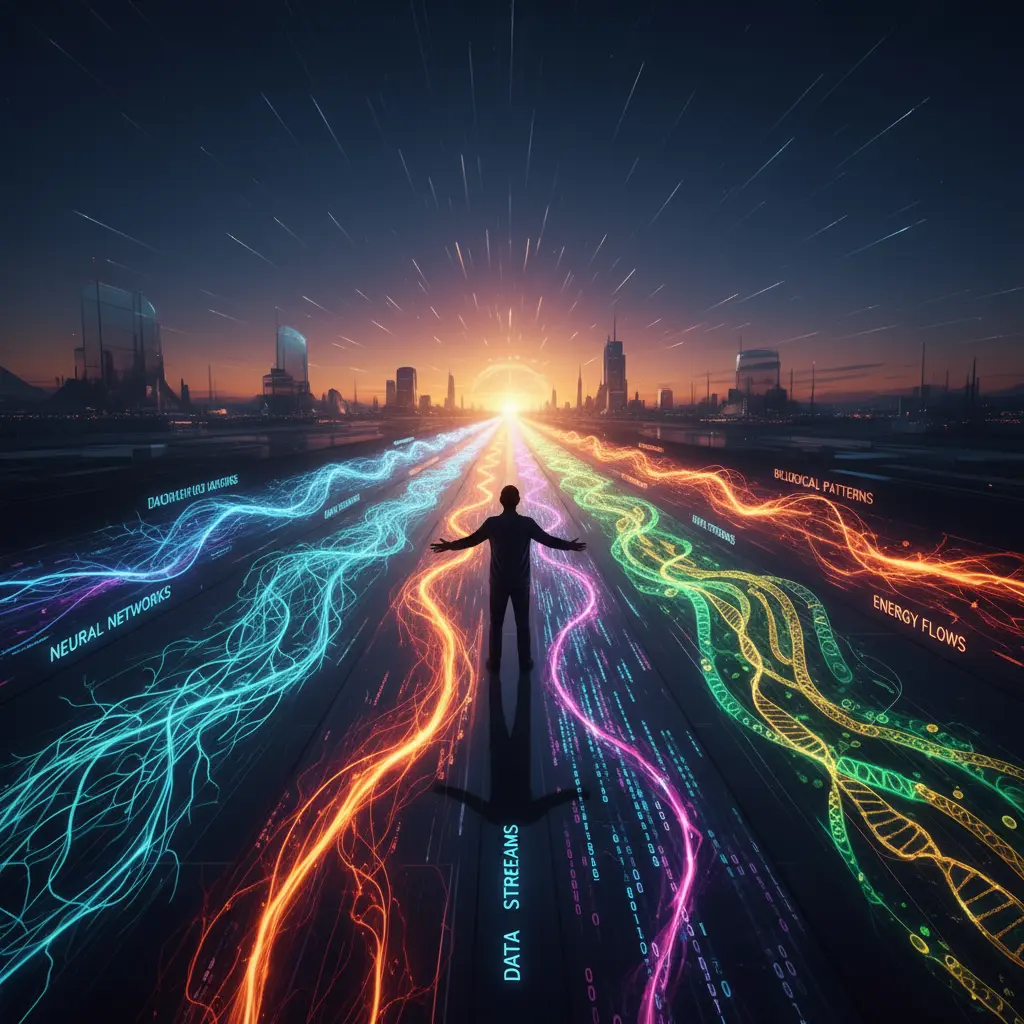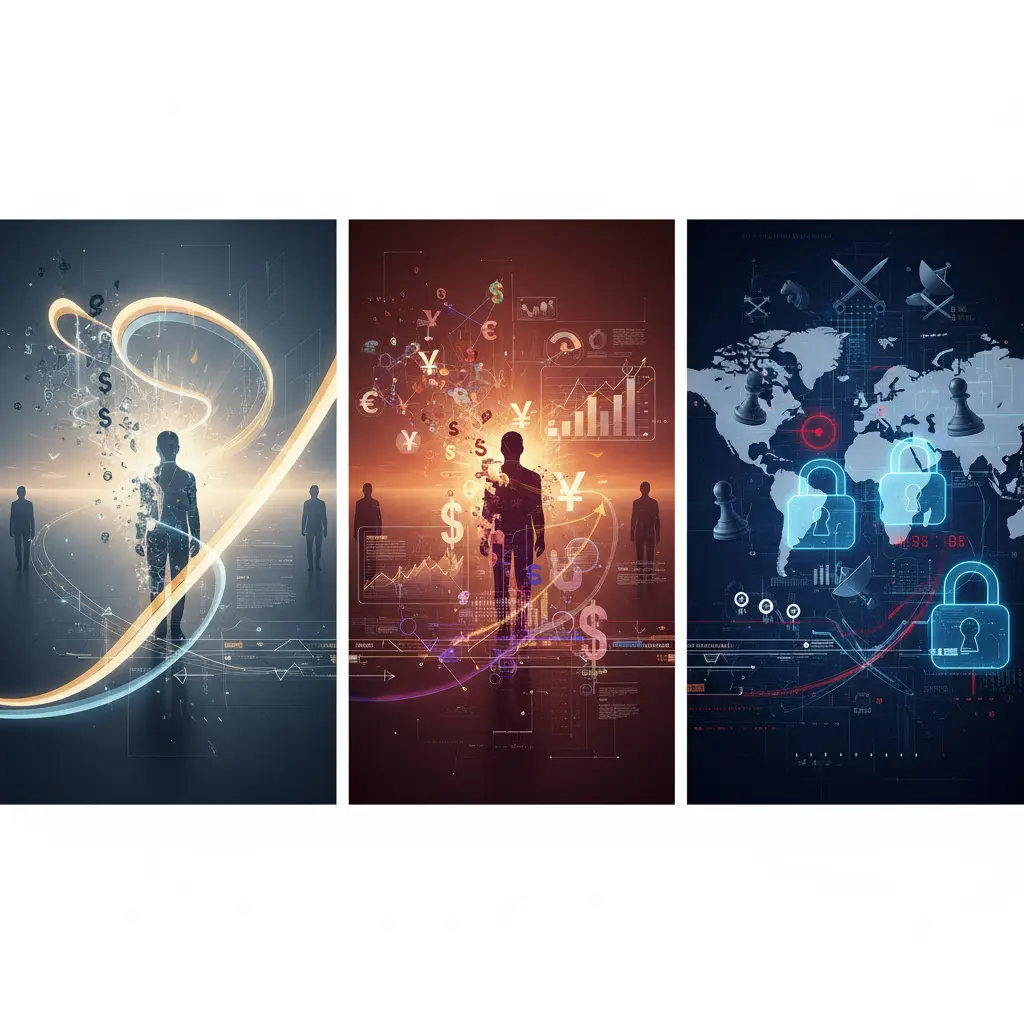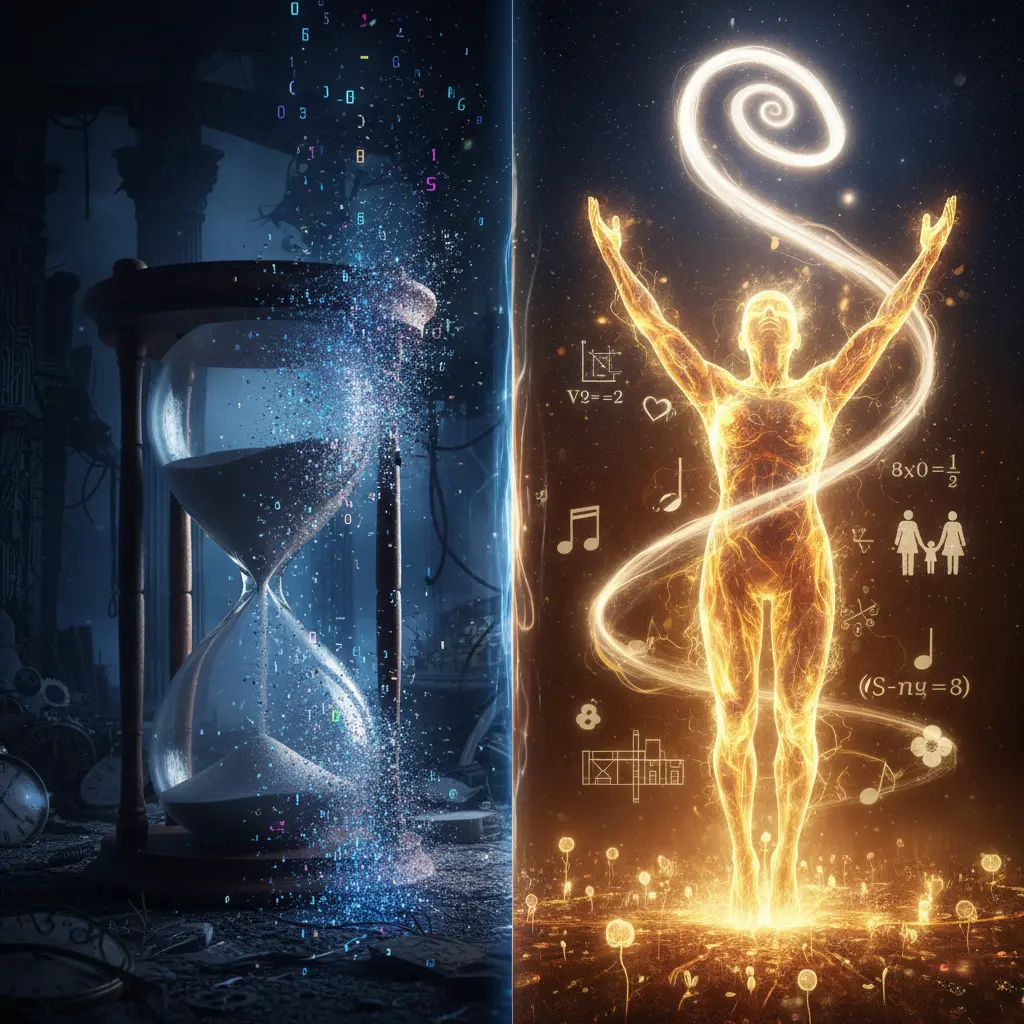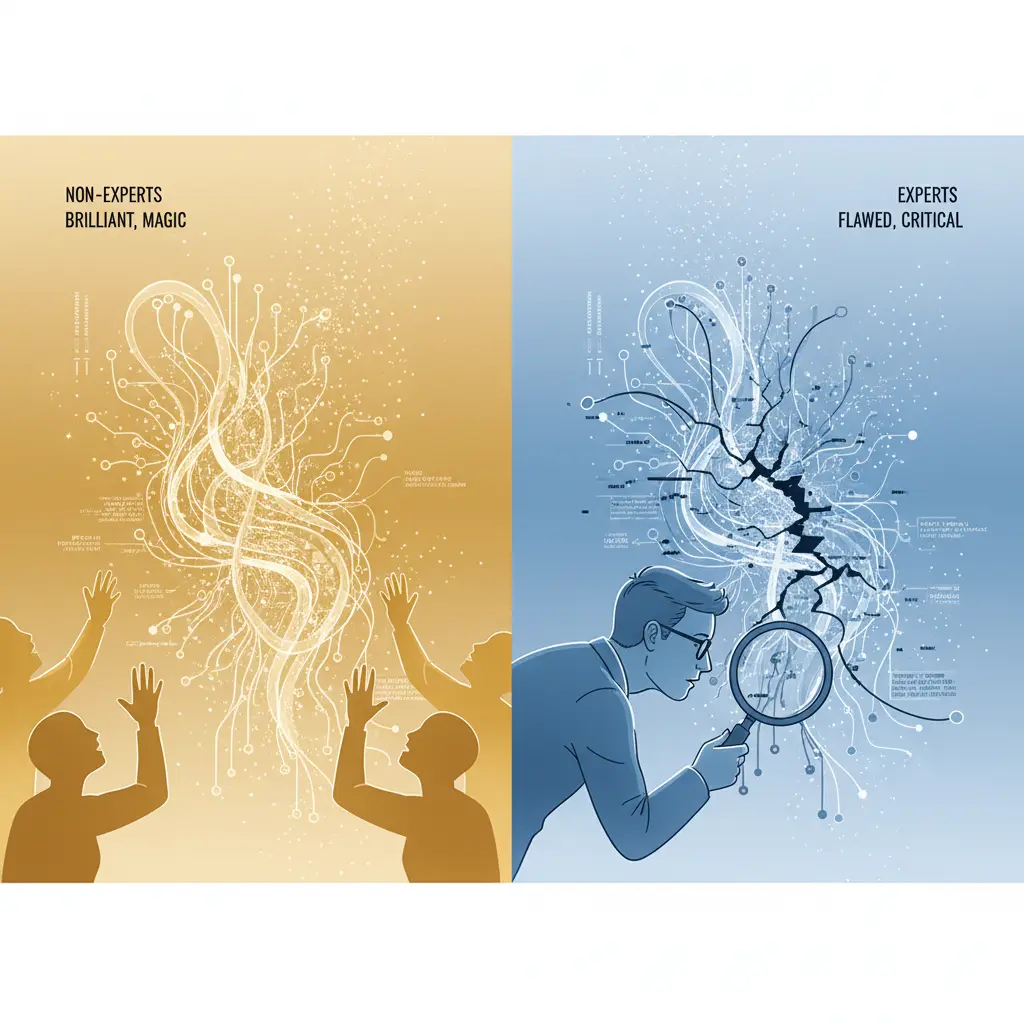I'm Listening to AI Music Non-Ironically Now (And I'm Not Sure How I Feel About That)
AI-generated music has crossed the quality threshold. Suno v5 creates professional-grade songs that 12 million users prefer over streaming services.
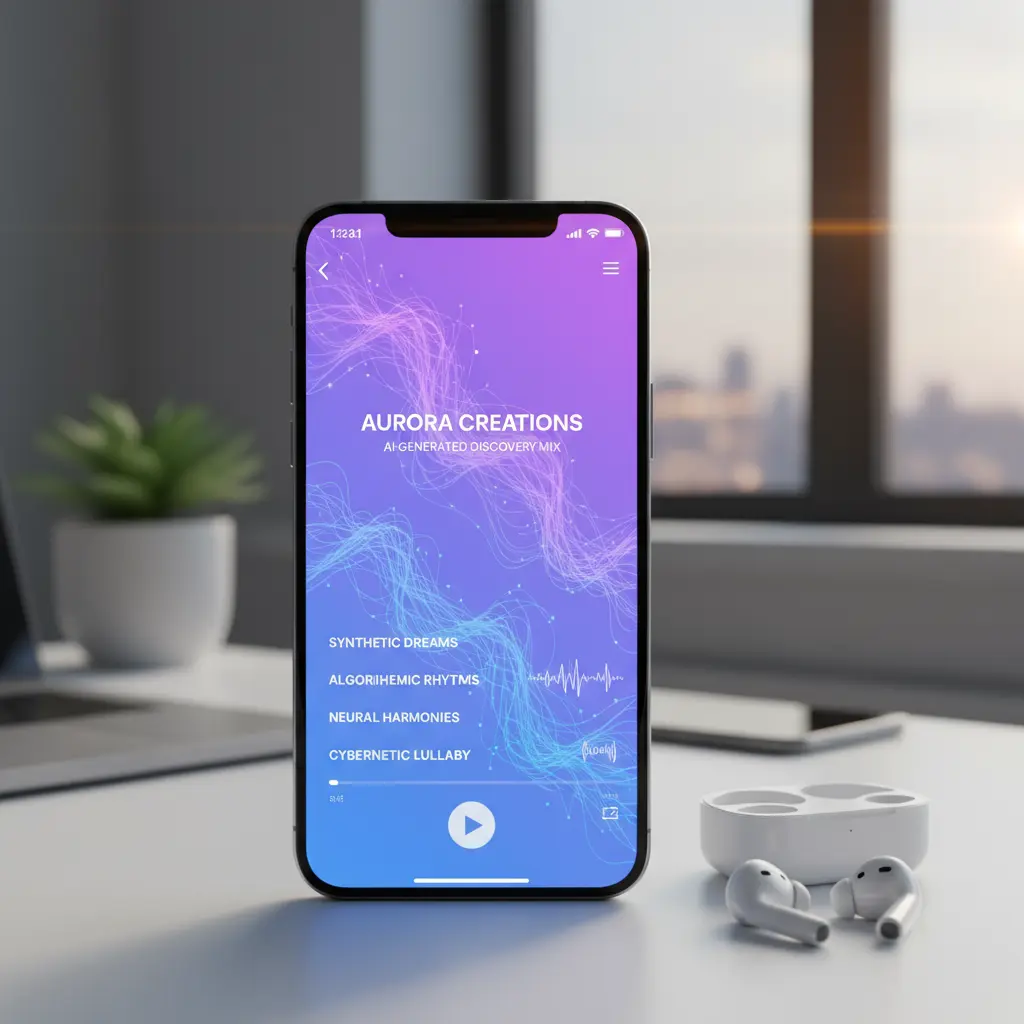
When AI Music Stopped Being a Joke: My Journey from Ironic Listener to Genuine Fan
Introduction: The Moment Everything Changed
I caught myself humming an AI-generated song the other day.
Not ironically. Not as a joke. I genuinely wanted to listen to it.
That's new.
For years, AI music was a curiosity. Something you'd generate, laugh at, maybe share with mates for a giggle. The vocals sounded robotic. The instruments bled together. Everything had this tinny, artificial quality that screamed "not real."
Then Suno dropped version 5, and the landscape of AI-generated music fundamentally shifted. What was once dismissed as "slop" has evolved into professional-grade content that's challenging our perceptions of creativity, authenticity, and the future of music streaming itself.
Table of Contents
- When AI Music Stopped Being a Joke
- The Spotify Replacement Question Nobody's Asking
- Technical Limitations That Still Exist
- The Legal Mess That's Brewing
- The Broader AI Content Revolution
- The Question I Keep Asking Myself
- What Happens Next
When AI Music Stopped Being a Joke
Suno v5 launched in September 2024, and something fundamental shifted in the AI music landscape. The audio quality jumped to what users and industry professionals are calling "professional-grade."
The Numbers Tell the Story
That muddy sound where guitar and bass merged into one indistinct blob? Gone. The tin can effect? Vanished. The vocals now have vibrato, breath control, and emotional depth that previous versions couldn't approach.
Here's the thing that matters: over 12 million people are using this tool. It's the fifth most-used generative AI service globally. And they're not all messing about.
The Experiment That Changed Everything
Michael J. Epstein, a music professor at UMass, ran an experiment that revealed just how far AI music has come. He created a song using Suno v4, submitted it to Spotify playlist placement services, and watched what happened.
The result? 64,593 listens.
For independent music, that's exceptional. And here's the kicker: the playlist curators didn't spot it was AI-generated. The music passed for real.
When I read that, something clicked. We've crossed a threshold. This isn't about technology improving incrementally anymore. It's about AI-generated content becoming genuinely indistinguishable from human-created work.
What Makes Suno v5 Different
The technical improvements in Suno v5 represent a quantum leap from previous iterations:
- Professional-grade audio quality that rivals commercially released music
- 90% success rate for generating coherent one-minute tracks from text prompts
- Four-minute song creation capability (up from shorter fragments)
- Audio snippet expansion allowing users to upload clips and expand them into full compositions
- Suno Studio integration being developed as a full DAW (Digital Audio Workstation)
The production quality on even discarded versions rivals songs that get recognized at the Grammys. That's not hyperbole. That's a direct quote from a linguistics professor who's been testing the system.
The Spotify Replacement Question Nobody's Asking
Let me be direct: I'm listening to AI-generated music instead of opening Spotify.
Not all the time. But enough that it's noticeable. Enough that I've thought about it.
The Value Proposition Is Undeniable
Why pay for streaming when I can generate exactly what I want?
- Fancy some late-night ambient electronica? Done.
- Need something upbeat for a morning run? Thirty seconds and it's ready.
- Want a specific mood that doesn't exist in any playlist? Generate it.
This isn't theoretical. Industry professionals are already adopting these tools in their workflows.
Professional Adoption Signals a Shift
Timbaland reportedly uses Suno "10 hours a day" to finish incomplete songs. At least one A-list artist is using it despite signing an anti-AI petition. Young producers are calling it "the future."
They're not wrong.
The implications extend beyond individual listening habits. When professional musicians and producers integrate AI music generation into their creative process, it validates the technology's legitimacy and signals a fundamental shift in how music gets made.
The Economics of Generated vs. Streamed Music
Consider the economic model:
Traditional streaming:
- Monthly subscription fee (£10-15)
- Limited to existing catalog
- Passive consumption
- Artists receive fractions of pennies per stream
AI generation:
- One-time or lower-cost subscription
- Unlimited custom creation
- Active participation in music creation
- No artist compensation (yet)
The value proposition for consumers is clear, even as the ethical implications remain murky.
Technical Limitations That Still Exist
But here's where it gets interesting. Suno v5 is technically brilliant and emotionally… flat.
The Perfection Problem
The Verge called it "technically impressive, but still soulless." The vocals are too perfect. Too polished. Bathed in reverb, layered with harmonies, perfectly on pitch. They lack the human imperfections that carry emotional weight.
You know those moments in a song where the singer's voice cracks? Where they're slightly out of tune because they're pushing too hard? Where you can hear the exhaustion in their breath?
Suno can't do that. Or rather, it won't.
The model smooths everything out. Ask it to sound raw, unprocessed, sloppy? It ignores you. Every rock vocal sounds like Imagine Dragons. Every R&B track like a sleepwalking Adele.
The Bland Emptiness Factor
There's a bland emptiness that pervades the output. It's music-shaped content that fills the silence without saying much.
This limitation represents more than a technical challenge—it points to something fundamental about how AI systems learn and reproduce creative work. They excel at pattern matching and replication but struggle with the intentional imperfections that make human artistry compelling.
Genre Understanding Gaps
And genre understanding? Spotty.
- Ask for late 1970s krautrock and you'll get '80s synthpop
- Try to recreate Balinese gamelan and you'll receive elevator music
- The system doesn't understand non-Western musical traditions at all
These limitations reveal the Western-centric nature of the training data and the challenges of encoding genuine cultural understanding into AI systems.
The Legal Mess That's Brewing
None of this is happening in a vacuum.
The RIAA Lawsuits
The RIAA coordinated lawsuits against Suno and Udio in June 2024 on behalf of Universal, Sony, and Warner. They're seeking up to £150,000 per work infringed. That could mean billions in damages.
The September 2024 amended complaint alleges "stream-ripping" from YouTube. They claim Suno circumvented YouTube's encryption to access copyrighted material for training data.
Suno's Fair Use Defense
Suno admits its training data "includes essentially all music files of reasonable quality that are accessible on the open Internet." They're arguing fair use, comparing their AI's learning process to how humans learn music.
That's… bold.
This legal argument represents a fundamental question about AI training: Is learning from copyrighted works to create new works transformative fair use, or is it unauthorized copying at industrial scale?
The Licensing Deal Dilemma
As of June 2025, reports suggest major labels are negotiating licensing deals. They want licensing fees and equity stakes. If that happens, it'll resolve the lawsuits but probably won't fairly compensate the actual artists whose work trained these systems.
The labels will have a conflict of interest. They'll own part of the tool that replaces the artists they represent.
See the problem?
This scenario creates a perverse incentive structure where the gatekeepers of traditional music industry profit from technology that undermines their own artists' livelihoods.
The Broader AI Content Revolution
Suno v5 isn't happening in isolation. We're witnessing simultaneous breakthroughs across all creative media:
Concurrent AI Developments
- Sora 2 just dropped, bringing professional-grade AI video generation
- AI image generation has moved from obvious fakery to professional-grade output
- Text generation has reached the point where most people can't reliably spot AI writing
We're watching the same pattern repeat across every creative medium:
- The quality jumps
- The "slop" disappears
- The ironic distance collapses
- What was a novelty becomes a tool
- What was a tool becomes a replacement
The Creative Professional's Dilemma
I think about Mark Henry Phillips, a commercial music composer who's watching AI do in hours what takes him days. He describes an "existential crisis" from his experiments. He sees the potential for creative practice—finishing demos, adding parts—but also fears he won't be able to make a living soon.
That tension lives in every creative field now.
The Democratization vs. Displacement Debate
This technological shift presents two competing narratives:
Democratization perspective:
- More people can create music
- Lower barriers to entry
- Exploration of creative ideas without technical skills
- Acceleration of creative workflows
Displacement perspective:
- Professional musicians lose income
- Homogenization of musical output
- Devaluation of human creativity
- Concentration of profits in tech companies
Both narratives contain truth. The question is which effects dominate and how we navigate the transition.
The Question I Keep Asking Myself
Here's what I can't figure out: does it matter if the music is good?
Suno's outputs are technically indistinguishable from human-produced music in many genres. They perform well on streaming platforms. People genuinely enjoy listening to them. Professional producers use the tool and see value.
But they lack something. Some spark of human messiness. Some evidence that a person struggled and failed and tried again and eventually got it right.
The Perfection Is the Problem
Music has always been about more than technical execution. It's about communication between humans. About shared experience. About someone saying "I felt this thing and I'm trying to help you feel it too."
Can an AI do that? Should it?
The Meaning Threshold vs. The Quality Threshold
I don't know. What I know is that I'm listening to AI-generated music non-ironically now. I'm using it instead of Spotify sometimes. I'm not alone.
The technology has crossed the quality threshold. Whether it crosses the meaning threshold is a different question entirely.
This distinction matters because it separates functional music consumption from meaningful artistic experience. AI music may satisfy the former while fundamentally lacking the latter.
What Happens Next
Suno has over 12 million users and a £500 million valuation. Competing platforms like Udio and ElevenLabs are launching with similar capabilities. NVIDIA just made a strategic investment in ElevenLabs.
The Likely Future Scenario
The legal battles will probably settle. The labels will take their cut. Artists will get something, though likely not enough. The technology will keep improving.
And more people will cross the same threshold I did:
- From using it ironically to using it genuinely
- From laughing at AI music to actually listening to it
- From streaming services to generation tools
The Questions We Need to Answer
The question isn't whether AI music is good enough anymore. It clearly is, at least technically.
The question is: What does it mean when we replace human creativity with machine efficiency? When we choose perfect-but-soulless over flawed-but-human?
I'm still working that out.
But I'm definitely humming that AI-generated song again.
Final Thoughts: Where Do We Go From Here?
We stand at an inflection point in creative technology. AI-generated music has evolved from novelty to legitimate tool to potential replacement for traditional streaming services. The technical quality has crossed the threshold where most listeners can't distinguish AI from human creation.
Yet questions remain about authenticity, meaning, compensation, and the future of human creativity in an AI-augmented world.
Key Takeaways
- Suno v5 represents a quantum leap in AI music generation quality, with 12 million users and professional-grade output
- Technical quality no longer distinguishes AI from human music in many genres
- Legal battles are ongoing but likely to settle with licensing deals favoring major labels over artists
- Professional adoption is accelerating despite ethical concerns and anti-AI pledges
- The emotional authenticity gap remains the primary limitation of AI-generated music
- Concurrent developments across AI video, image, and text generation suggest a broader transformation of creative industries
What About You?
Have you caught yourself genuinely enjoying AI-generated content lately? Not as a joke, but for real?
The conversation about AI creativity is just beginning. As these tools continue improving and integrating into our creative workflows and consumption habits, we'll need to grapple with fundamental questions about authenticity, value, and what makes art meaningful.
Share your experiences: Have you used AI music generation tools? Do you listen to AI-generated music? How do you think about the balance between human creativity and AI assistance?
The future of music—and creativity more broadly—is being written right now. We're all participants in this transition, whether we realize it or not.
Want to stay updated on the evolution of AI creative tools and their impact on creative industries? Subscribe to our newsletter for in-depth analysis and research on emerging technology trends.


